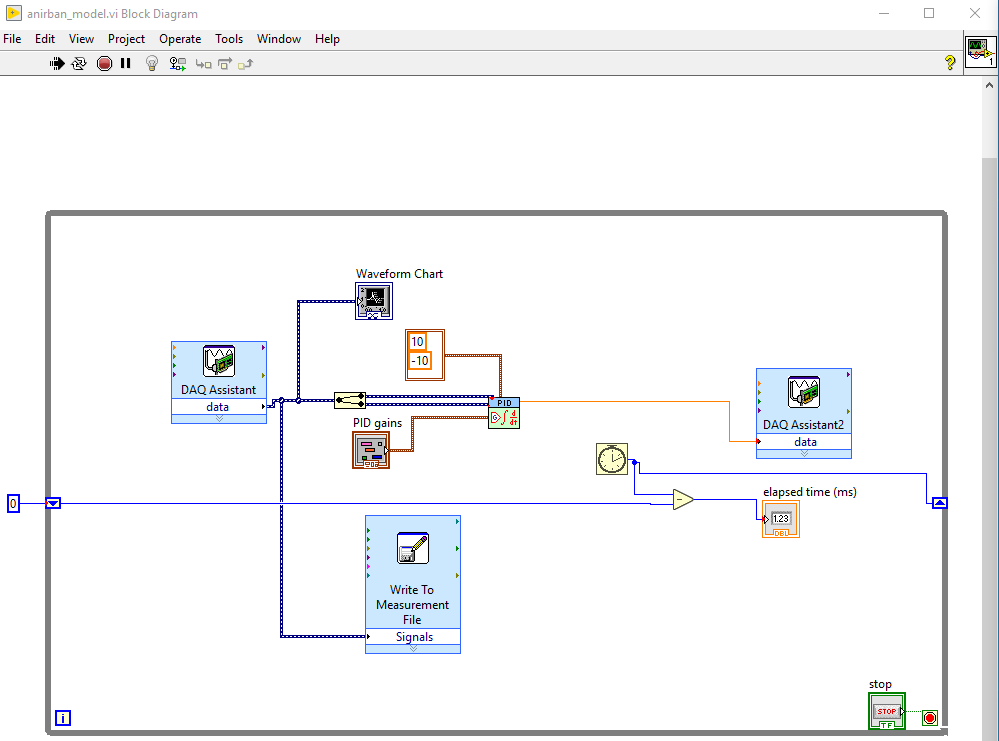

Do not be ungrateful or condescending/patronizing.ĭo you have access to the PID Toolkit in LabVIEW? It sounds like you do, based on your initial post.When asking specific details concerning your project/problem, please provide adaquate means of information, as screencaps, flow-charts, etc.Coding can be difficult at times and refurbished/recycled code that works is nice to have, therefore helping others is always welcomed.This subreddit is not set up/designed to do your homework for you.Arduino - open - source eletronic prototyping platform, also on reddit.NI LINX for Arduino and Raspberry Pi Support./r/ NationalInstruments for not only LabVIEW related infos (DAQ, News, Tutorials, etc).Short bullet point summaries of your problem/setup may be given at the end of your post.

png images that have your LabVIEW source code embedded in them. When enquiring for help on your code/program, please provide a VI snippet when possible.

The NI forums are a great help with a wide variety of already solved problems and plenty of solutions provided. The LabVIEW platform is scalable across multiple targets and OSs, and, since its introduction in 1986, it has become an industry leader.Ĭontext Help and Example Finder are your best friends! Make use of them. It offers unrivaled integration with thousands of hardware devices and provides hundreds of built-in libraries for advanced analysis and data visualization – all for creating virtual instrumentation. However, due to the nonlinearity of the system, the PID coefficients need to be approximately adjusted in different coupling cases.LabVIEW is a graphical programming environment by National Instruments TM used by millions of engineers and scientists to develop sophisticated measurement, test, and control systems using intuitive graphical icons and wires that resemble a flowchart. The results of experiment show that PID algorithm is well suited to stabilize the coupling system. Finally, experiments results are charted to prove the stability and robust coupling. And then, the PID control algorithm is discussed. In a second stage, the LabVIEW and Arduino based real time control system structure is introduced. The thesis first discusses the Whispering Gallery Mode microtoroid, especially its relative coupling regime. For this reason, the author decided to test further application, with the goal of proving the suitability for Whispering Gallery Mode coupling. PID algorithm has been used for stabilization and control in industry for several decades. But surrounding environments, like temperature and airflow, could easily influence coupling condition. Efficient and robust coupling is prerequisite in microcavity related applications. The aim of this thesis is to test the implementation of PID control algorithm for stabilization of coupling.


 0 kommentar(er)
0 kommentar(er)
